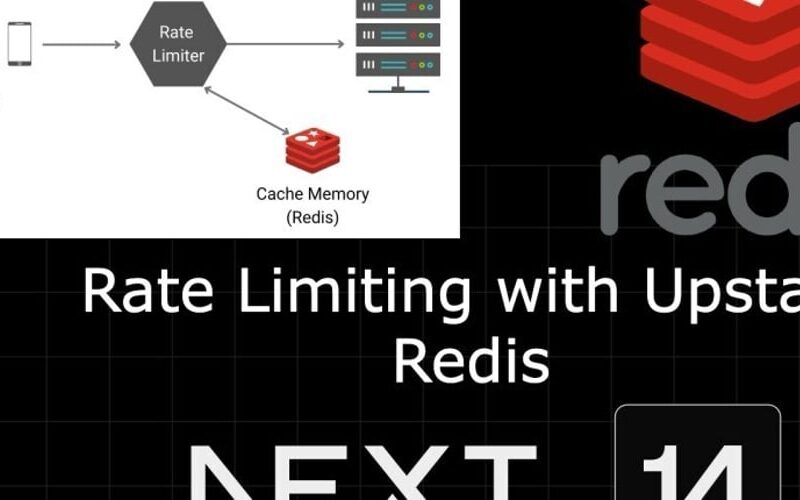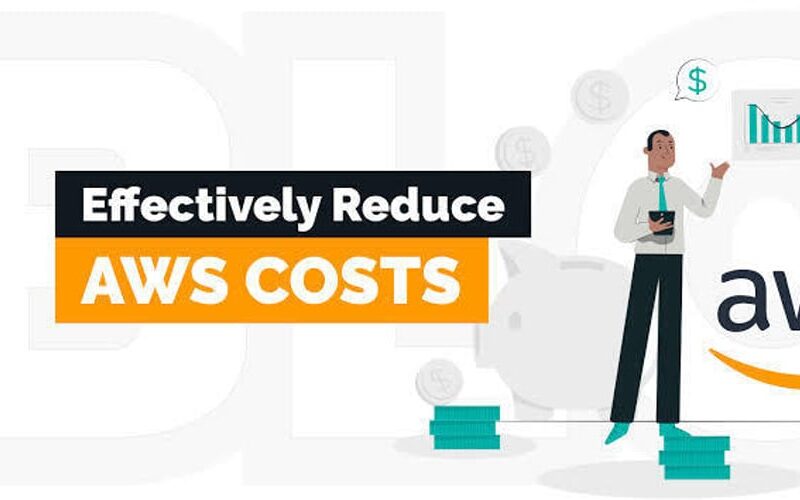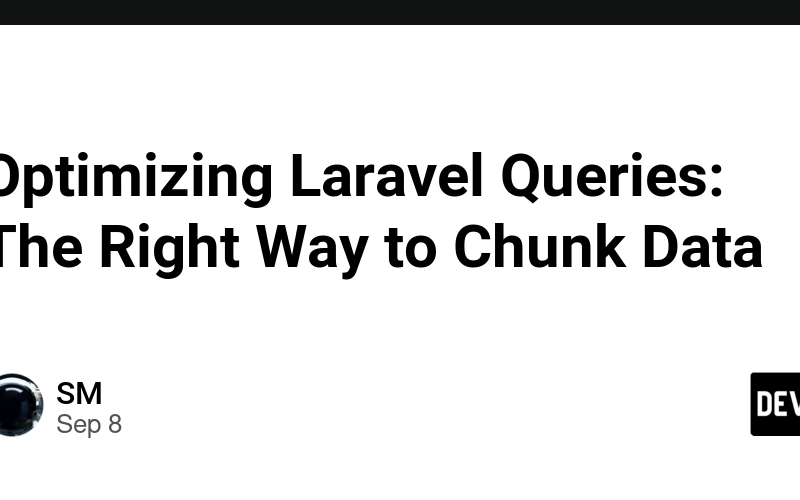19
Sep
Autoscaling is a powerful tool in AWS that automatically adjusts the number of EC2 instances based on current traffic. It's ideal for production environments where resource demands can change dynamically. However, in some cases—such as during development testing—having stable and predictable resources is critical. Example: Stable Testing Environment for a Development TeamImagine a company that needs a testing environment for one of its development teams. The main production environment uses autoscaling to automatically adjust the number of EC2 instances according to traffic. However, the developers need a stable environment for their specific tests, which will not be affected by autoscaling…










